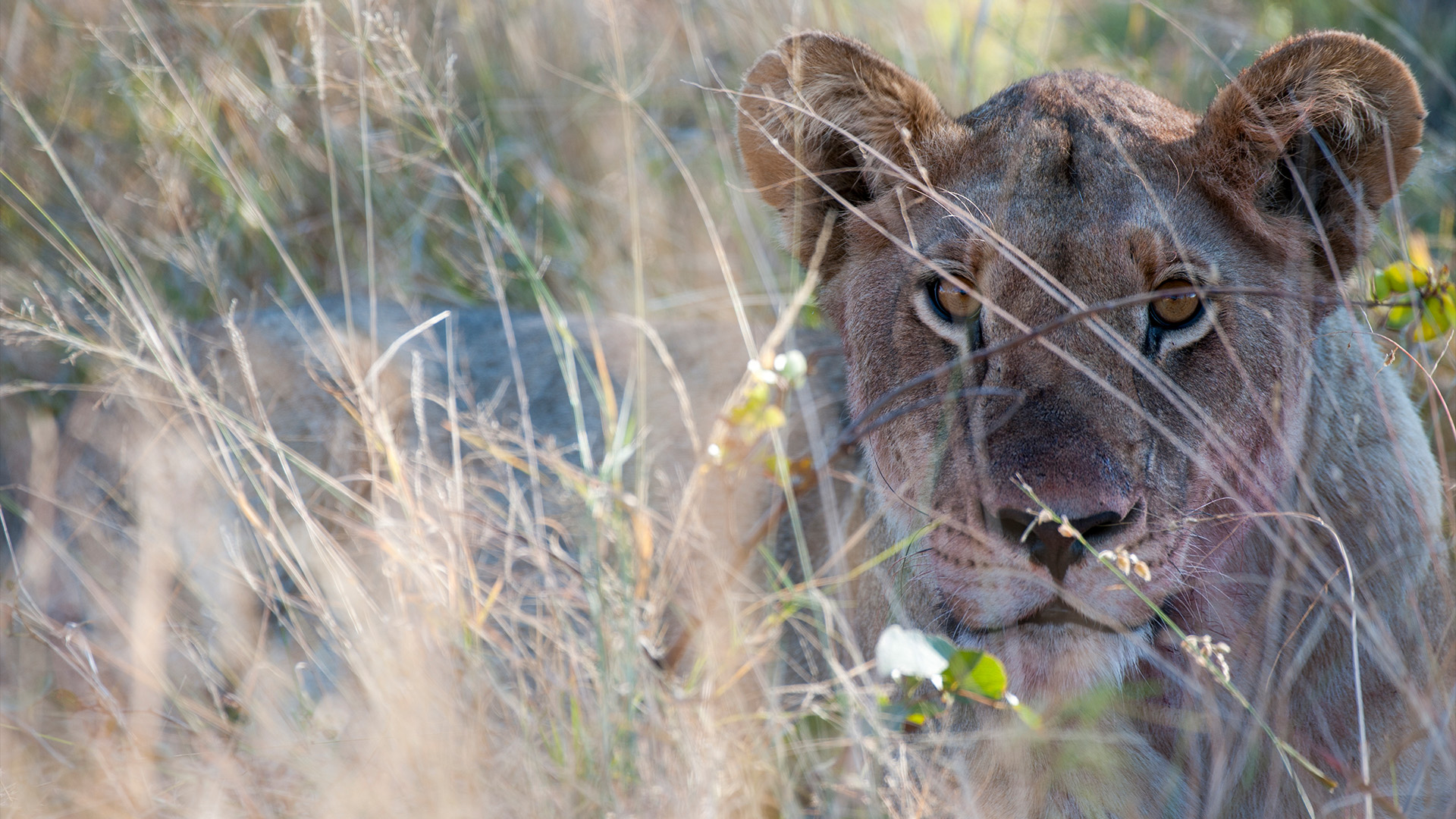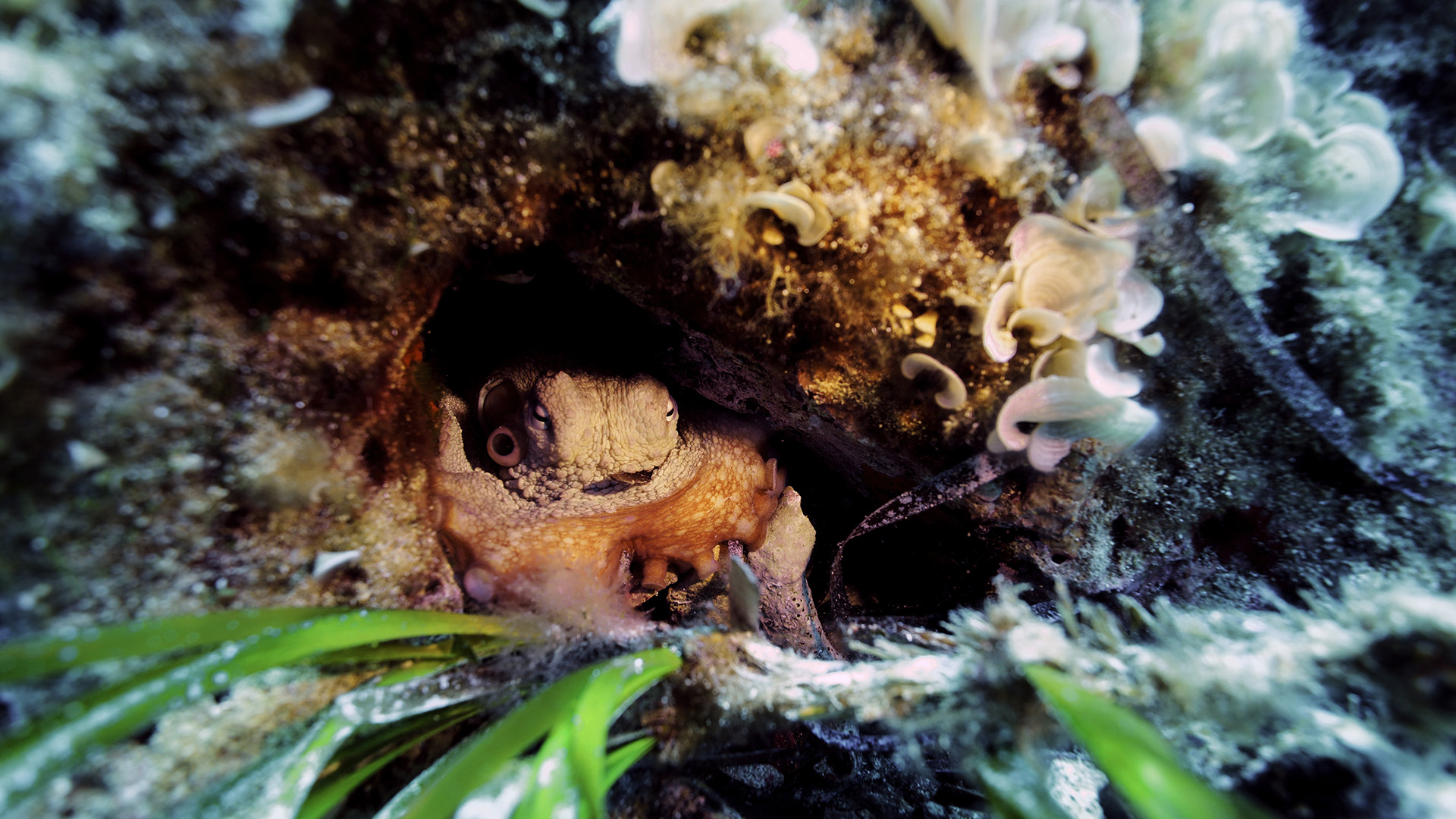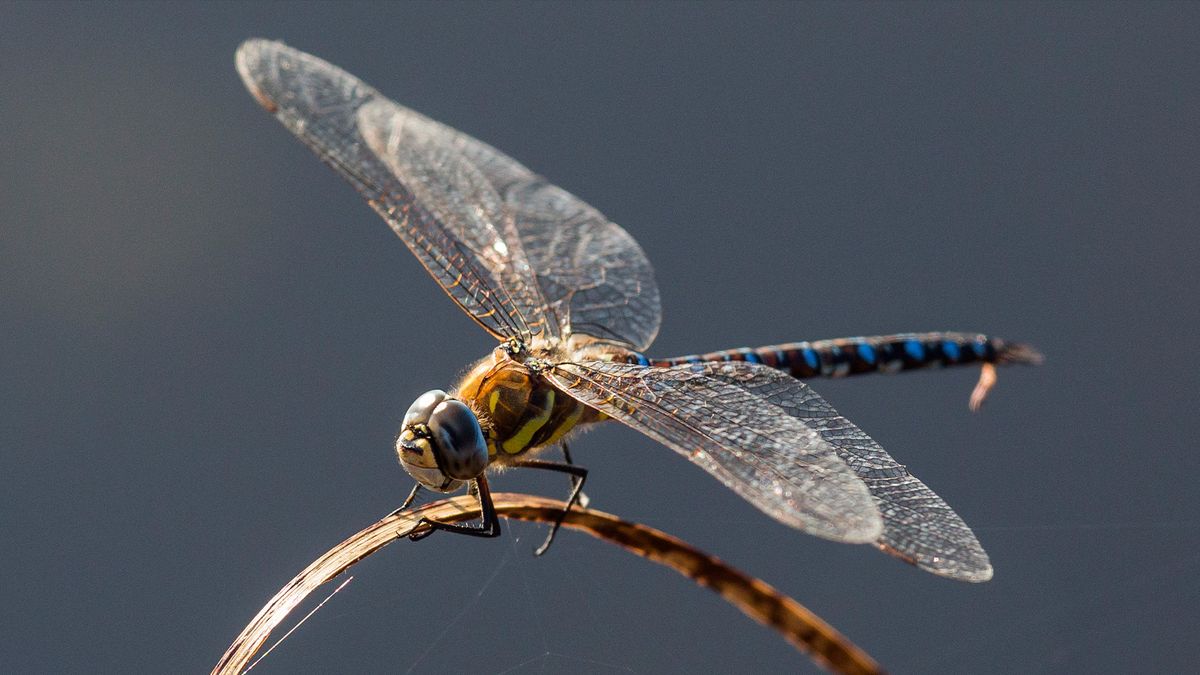The animal kingdom is full of predators and prey, with some predators being extraordinary killers. But there are many ways to catch a meal and many ways to define what makes a successful predator.
So which animal is truly the best hunter?
This is a deceptively complex question, according to Mark Belk, an evolutionary ecologist at Brigham Young University. “There’s so much interesting ecology and evolutionary biology tied up in this simple question,” he told Live Science. “Predation turns out to be the glue that holds everything together — this is how energy passes through ecosystems.”
The most obvious way to approach the question of hunting prowess is to consider an animal’s catch rate — the number of times an animal successfully lands a meal out of all of its collective attempts.
By this metric, it isn’t actually the species we most associate with hunting — such as lions, tigers, wolves and other large predators — that are the most successful. Lions make a kill roughly 30% of the time, while tigers are successful only about 10% of the time. Instead, it’s the relatively overlooked dragonfly that earns the title. These insects, along with their cousins the robber flies, have up to a 97% catch rate, and they can consume hundreds of mosquitoes a day.
Their success comes, in part, from their extraordinary vision. Dragonflies and their kin have compound eyes that give them almost 360 degrees of sight, and their brains are capable of processing sensory information extremely quickly, allowing them to predict where prey will move. And because they can move their forewings and hind wings independently, dragonflies are adept fliers and can even zoom backward.
Related: Do bees really die if they sting you?
But there are other definitions of hunting success, Belk said. Typically, hunters fall into one of two camps: animals that actively pursue and attack their prey, and animals that lie in wait, relying on their patience to earn them a meal. In terms of sheer efficiency, something like a large python might deserve the crown, Belk said.
“A big snake like that can sit in one place and wait and wait and wait and wait. And finally, when the right animal happens by, they’ll grab it and make a kill,” Belk said. “For these large snakes, that might only happen two or three times a year.”
Another way to approach the question could be to consider adaptability as a measure of skill. Jason Fisher, a wildlife biologist at the University of Victoria in Canada, said coyotes are the likely winners here, as they’re capable of hunting alone or in a group and of feasting on everything from moose calves to mice. Their flexibility has helped them thrive in most habitats, including human cities. “Understanding what resources are available to you and exploiting them makes for an amazing predator,” Fisher said, adding that coyotes excel at “making use of whatever’s at hand.”

Otherwise, some species are simply so innovative that it’s hard not to consider them winners. Archerfish — tropical fish native to the mangroves of Southeast Asia — can judge the distance between themselves and an insect sitting on a leaf from below the water, and can then knock it down using a carefully aimed jet of water. Across distances of 2 feet (65 centimeters) or less, their aim is nearly 100% accurate. Octopuses have been similarly successful at hunting outside their natural element: In addition to using their legendary camouflage, these cephalopods can take to land for small periods of time in pursuit of prey.

And which animal is the worst hunter? Fisher said that, in some ways, that’s an even harder question to answer. Every species that hunts is, by definition, successful, as it can sustain itself as a population. But in terms of sheer oddity, Fisher told Live Science his vote goes to the wolverine, which is considered a hunter but relies on scavenging during lean periods.
“They’re just so awkwardly shaped, and their strategy is bizarre,” Fisher said, noting that wolverines hunt by getting into their prey’s face and frightening them with screams and other loud noises. “They basically say, ‘If it works, that’s cool, and if it doesn’t, I’m out of luck,'” he said.

Dr. Thomas Hughes is a UK-based scientist and science communicator who makes complex topics accessible to readers. His articles explore breakthroughs in various scientific disciplines, from space exploration to cutting-edge research.








